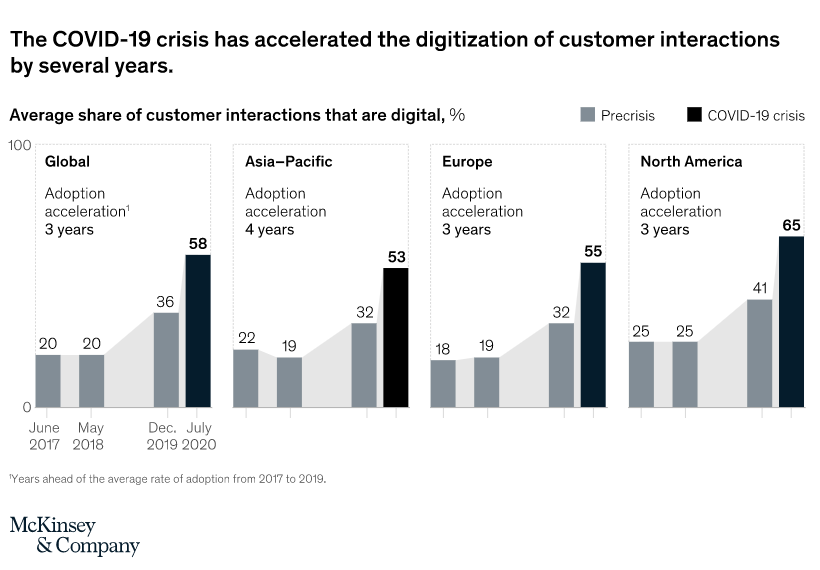
Brand Evolution: A Study in Modernization and RelevanceBrand Evolution: A Study in Modernization and Relevance In today’s rapidly evolving business landscape, brand evolution has become an imperative for organizations seeking to maintain relevance and competitive advantage. Brands that fail to adapt to changing consumer preferences, technological advancements, and societal norms risk becoming obsolete and fading into insignificance. Modernization: A Driver of Brand Evolution Modernization involves embracing contemporary trends and technologies to enhance the brand experience for consumers. This may include: * Digitalization: Integrating digital platforms and channels into brand interactions, providing seamless and personalized experiences. * Customer-Centricity: Shifting the focus from product features to delivering value and building relationships with customers. * Innovation: Developing groundbreaking products, services, or experiences to differentiate the brand and meet evolving consumer needs. Relevance: The Key to Brand Longevity Relevance ensures that a brand remains meaningful and connected to its target audience. By staying attuned to changing consumer values and behaviors, brands can: * Align with Consumer Aspirations: Reflecting the values, beliefs, and lifestyle preferences of consumers. * Address Contemporary Issues: Addressing social, environmental, or economic concerns that resonate with the audience. * Personalize Experiences: Tailoring brand messaging and offerings to individual customers based on their unique preferences and needs. Strategies for Successful Brand Evolution To successfully evolve a brand, organizations must adopt a holistic approach that encompasses: * Brand Audit: Assessing the brand’s current position, strengths, weaknesses, and opportunities. * Target Audience Analysis: Understanding the evolving demographics, psychographics, and behavioral patterns of the target audience. * Vision and Strategy Development: Establishing a clear vision for the future of the brand and outlining the strategies to achieve it. * Implementation and Adaptation: Rolling out modernization efforts and continuously monitoring and adjusting the brand strategy as needed. Benefits of Brand Evolution Effective brand evolution yields tangible benefits for organizations, including: * Increased Brand Loyalty: Evolving brands foster stronger connections with customers, leading to increased loyalty and retention. * Competitive Advantage: Modernized brands differentiate themselves from competitors and gain a competitive edge. * Enhanced Reputation: By addressing contemporary issues and aligning with consumer values, brands enhance their reputation and build trust. * Increased Revenue and Growth: Well-evolved brands attract new customers, drive sales, and support business growth. Conclusion Brand evolution is an ongoing process that requires foresight, adaptability, and a deep understanding of the target audience. By embracing modernization and staying relevant to evolving consumer needs, brands can ensure their longevity and continue to drive business success in the ever-changing market landscape.
Posted inNews